Online magazine for design and development
Here you will find everything that the designer needs for his design and the development engineer for his new development, from the draft to quality assurance in production, such as new products, their applications, new technologies or research results. Company reports as well as topics on technological and megatrends in all industrial sectors complete our range of industry news. Let's start with the news.
Company News
IFM will increase sales to over EUR 2023 billion in 1,4
IFM Electronic was able to increase sales again in the 2023 financial year. The preliminary consolidated financial statements show a new sales record with sales of over 1,4 billion euros and growth of 3%.
Jumo Campus for sensors and measurement technology
Jumo has designed further training courses with a view to the currently exciting topics being discussed in individual sectors and offers corresponding seminars as part of the Jumo Campus.
Schaeffler AG increases sales by 2023% in 5,8
Schaeffler AG's sales increased by 2023% to EUR 5,8 billion in 16,3. Currency-adjusted sales growth was 5,8 percent, which is within the forecast for the 2023 financial year.
New automotive production site in the USA
The Motion Technology Company Schaeffler will expand production in the USA with a new automotive production site. The new facility will be located in Dover, Ohio.
Ebm-Papst wants to sell industrial drive technology to Siemens
The Ebm-Papst Group has announced that it will sell its Industrial Drive Technology (IDT) division to Siemens AG. Both sides have signed a corresponding agreement.
Industry news for your design and development from the specialist areas

cables and wires
PTFE and PFAS free Chainflex cables
Igus gives the “PFAS free” seal to 95% of its Chainflex cables, which are free of the harmful substances PFAS and PTFE.
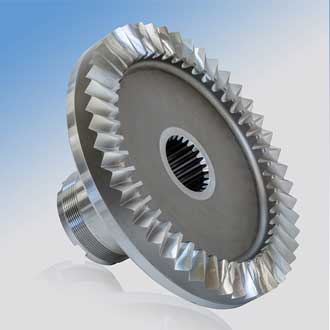
Drive Elements
New manufacturing technologies improve crown gear production
Welter Zahnrad has further developed its production processes for crown gears and can now produce them in quality 3967 according to DIN 5.

IPC
Ex-protected tablet with augmented reality qualities
Pepperl+Fuchs is expanding its Ecom “Tab-Ex” tablet series with a device based on the robust Samsung Galaxy Tabactive4 Pro.
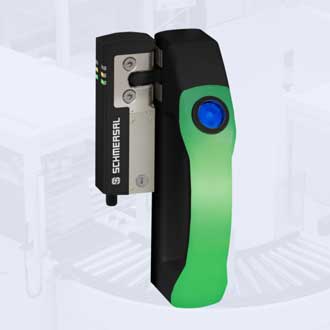
Machine Elements
Door handle system displays machine statuses
Schmersal presents its new door handle system DHS. The door handle functions are combined with the display of machine states in the handles.
Industry news for your design and development from the branches
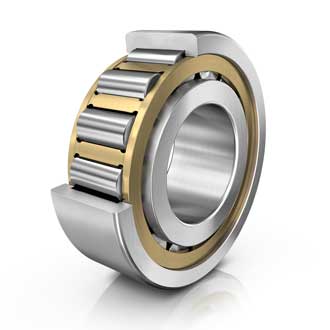
Mobile Machinery
Cylindrical roller bearings for heavy industrial gearboxes and construction machinery
Schaeffler is introducing new cylindrical roller bearings in which the service life has doubled and the load capacity has increased by 24%.
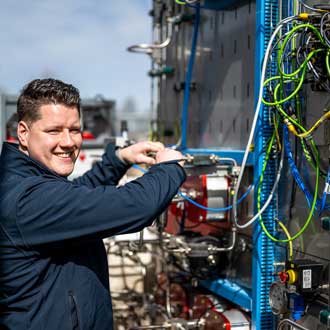
Automobile
IO module secures hydrogen filling stations from Resato
Resato Hydrogen Technology has implemented a modular and scalable concept for H2 filling stations with Turck and its IO modules.

food technology
Lubrication and sealing-optimized linear guide
Schaeffler presents linear guides for food technology with optimized seals, wipers and long-term lubrication units.

Mobile Machinery
Flexible, customizable gateway for agricultural technology
IFM Electronic is presenting the Isobus Gateway at the Hannover Messe, which is designed for agricultural equipment and can be specifically adapted.
Industry fair news
Hannover Messe promotes energy for sustainable industry
As a networked industrial ecosystem, the exhibitors demonstrate how climate neutrality can be achieved through the use of electrification, digitalization and automation under the guiding theme of Energizing a sustainable Industry.
Control Fair 2024 | The industry is already looking forward to Stuttgart
Control 2024, the important international trade fair for quality assurance, will take place from April 23rd to 26th in Stuttgart. The trade fair places a particular focus on automation and digitalization.
SPS Nuremberg: Now in 16 halls!
The SPS – Smart Production Solutions from November 14th to 16.11th. 2023 will see significant growth in the trade fair compared to the previous year and is on the way to pre-Corona levels.


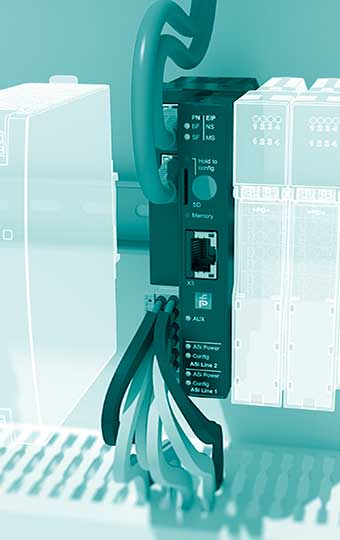
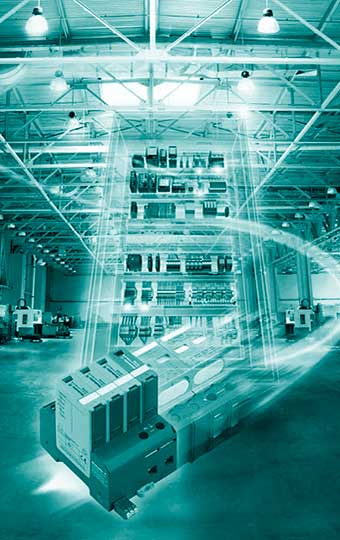



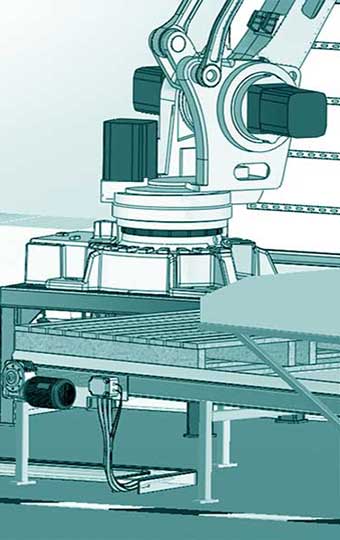

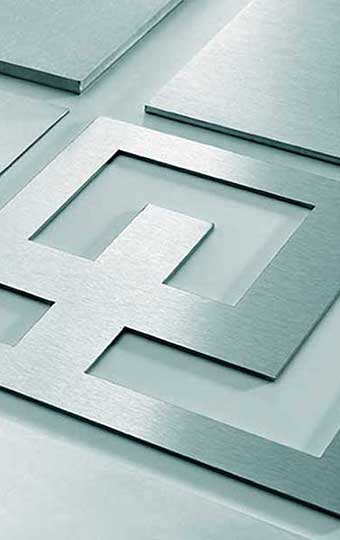




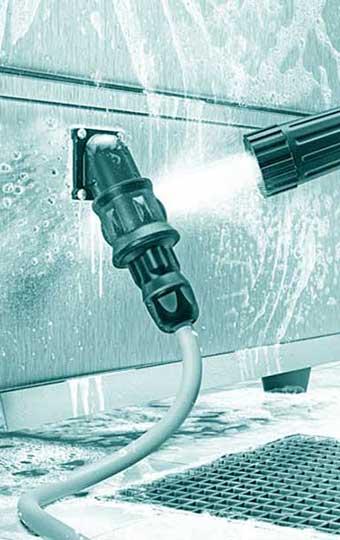
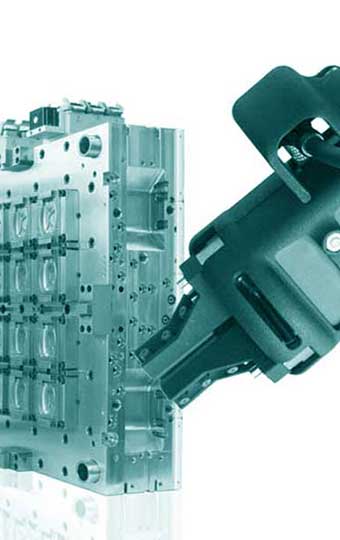



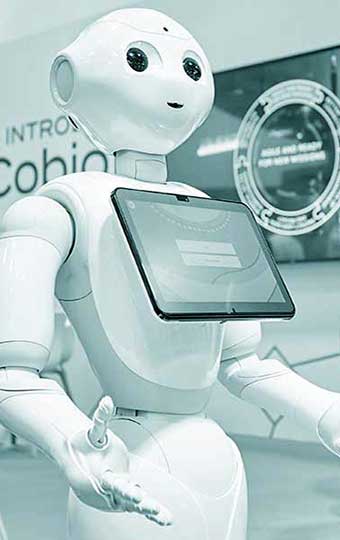
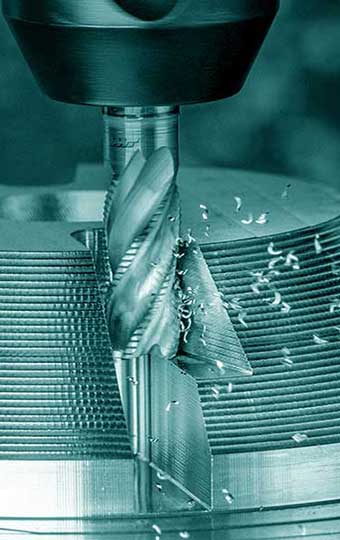
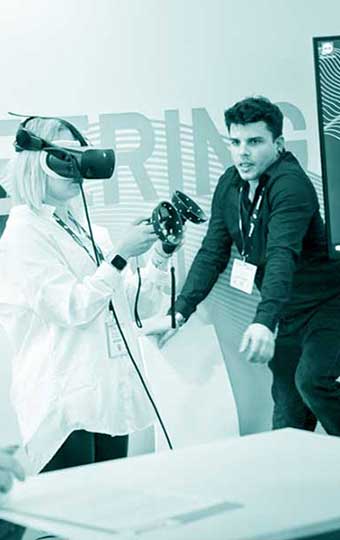
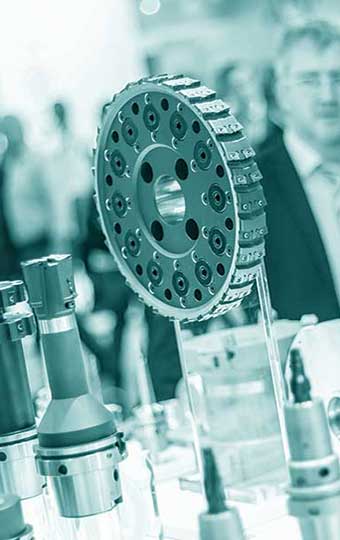
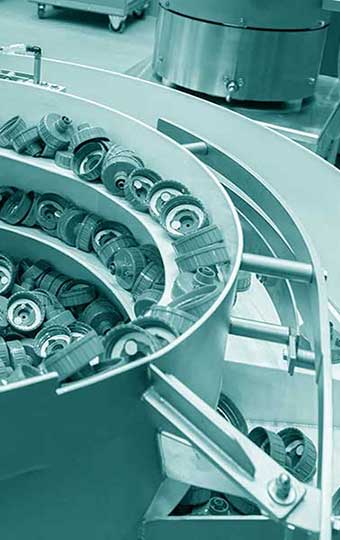
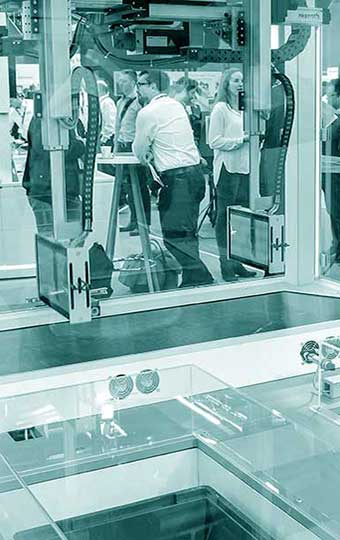

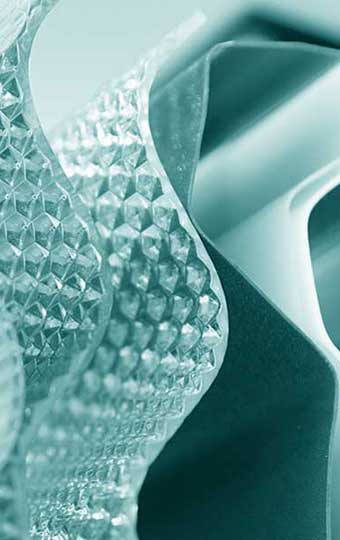
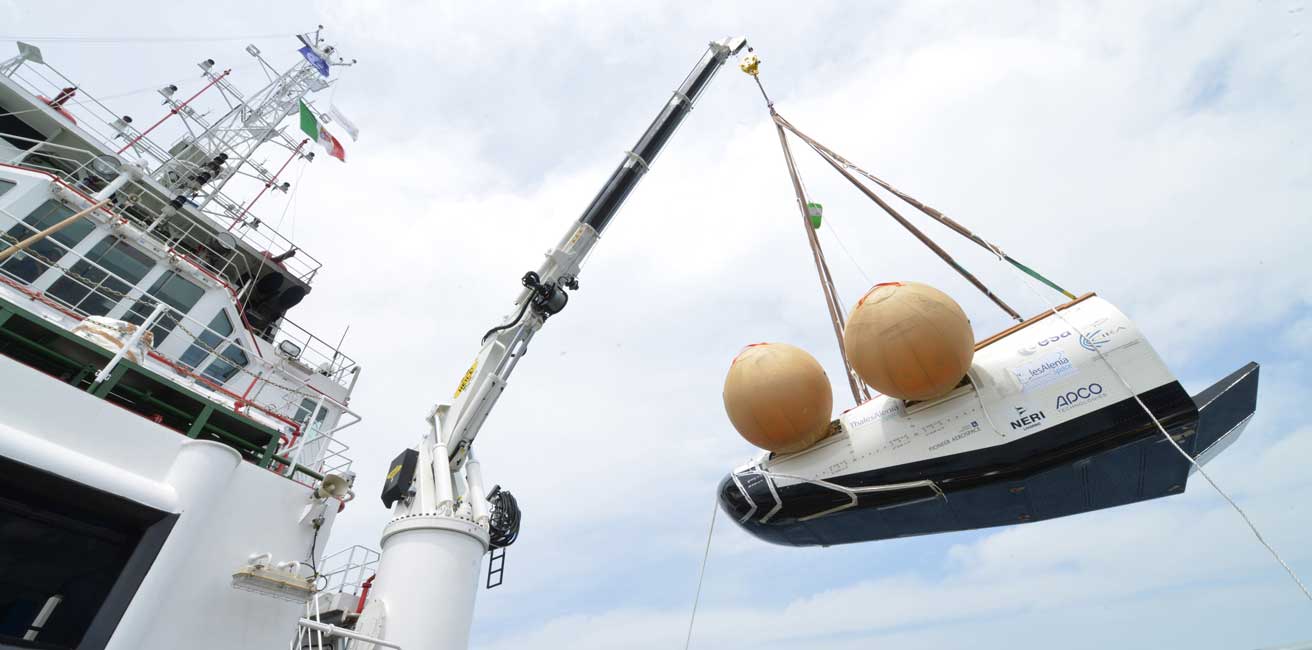
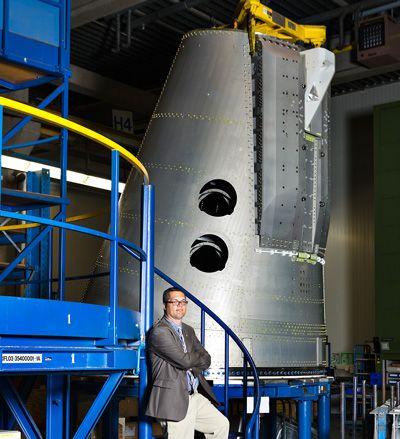 The touchdown is on one 510 million km away are undoubtedly spectacular, but the IXV is no less important for ESA. Ultimately, the unmanned drone is intended to pave the way for Europeans to have a reusable space shuttle. The first step has now been taken: thanks to special roller screw drives from SKF, the ferry has landed safely in the Pacific.
The touchdown is on one 510 million km away are undoubtedly spectacular, but the IXV is no less important for ESA. Ultimately, the unmanned drone is intended to pave the way for Europeans to have a reusable space shuttle. The first step has now been taken: thanks to special roller screw drives from SKF, the ferry has landed safely in the Pacific.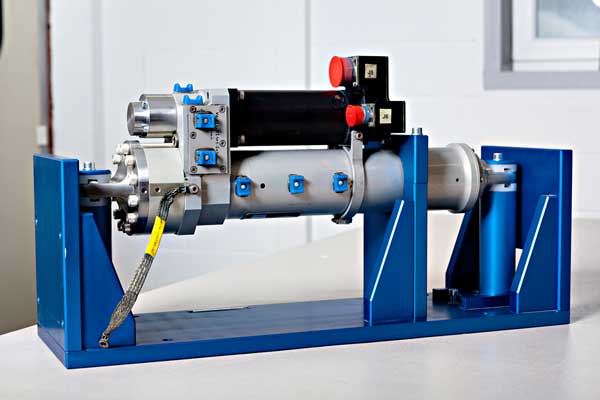 The problem is that as soon as a missile hits the uppermost layers of the atmosphere at this speed, all hell breaks loose. So the heat shield of the IXV more than 20 minutes withstand temperatures of over 1600 °C for a long time to prevent the ESA hopeful from dissolving into a “meteorite shower”.
The problem is that as soon as a missile hits the uppermost layers of the atmosphere at this speed, all hell breaks loose. So the heat shield of the IXV more than 20 minutes withstand temperatures of over 1600 °C for a long time to prevent the ESA hopeful from dissolving into a “meteorite shower”. 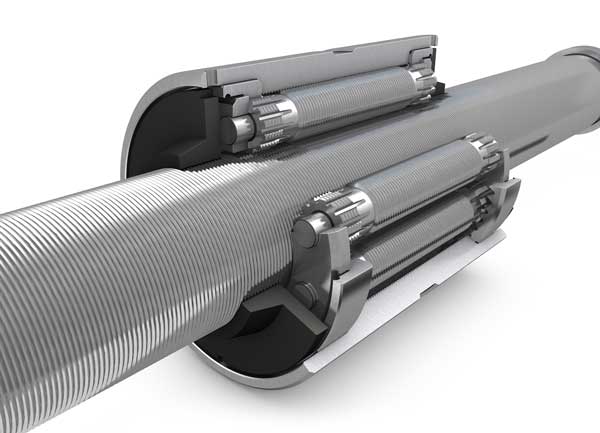 core of this electromechanical actuators are high-performance roller screw drives. The fact that Sabca and Verhoeven rely on a product from SKF is the result of tailor-made development: “The SKF engineers designed the roller screw drive so that it meets our requirements exactly.
core of this electromechanical actuators are high-performance roller screw drives. The fact that Sabca and Verhoeven rely on a product from SKF is the result of tailor-made development: “The SKF engineers designed the roller screw drive so that it meets our requirements exactly.  Project manager Verhoeven and his colleagues tested the system diligently: “We have them
Project manager Verhoeven and his colleagues tested the system diligently: “We have them 
